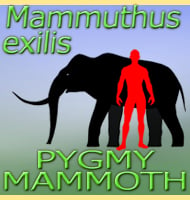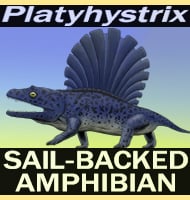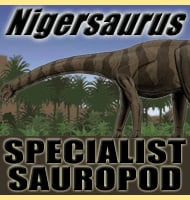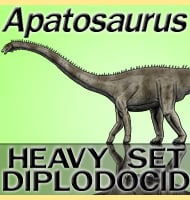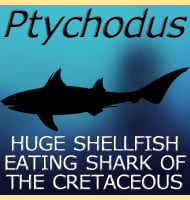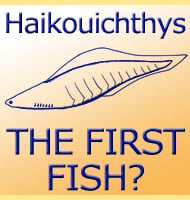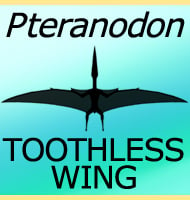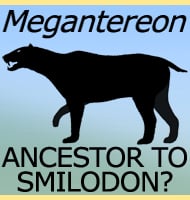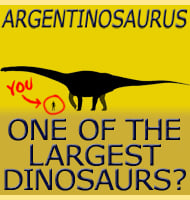In Depth
Suminia is an interesting little genus of anomodont therapsid that lived in Russia during the Permian. Though the mouth was full of sharp and proportionately large teeth, wear patterns upon the teeth themselves indicate that they were being repeatedly used to process plant material, meaning that Suminia was herbivorous. The holotype specimen of Suminia was found in a sandstone sediment, leading to some suggestion that Suminia lived around river deltas (assuming of course the body was not just washed down river). The structure of the hand of Suminia shows that they were capable of grasping, strongly suggesting that Suminia may have in fact been an arboreal creature climbing through trees and larger shrubs to get at food.
Further Reading
- A new Late Permian dromasaurian (Anomodontia) from Eastern Europe. - Paleontological Journal 28(1):96-103. - M. F. Ivakhnenko - 1994. – Cranial anatomy and phylogenetic position of Suminia getmanovi, a basal anomodont (Amniota: Therapsida) from the Late Permian of Eastern Europe. – Zoological Journal Linnean Society 130:329–73. – N. Rybczynski – 2000. – The Late Permian herbivore Suminia and the early evolution of arboreality in terrestrial vertebrate ecosystems. – Proceedings of the Royal Society B, 276: 3611–3618. – J. Fr�bisch & R. R. Reisz – 2009. – The postcranial anatomy of Suminia getmanovi (Synapsida: Anomodontia), the earliest known arboreal tetrapod. – Zoological Journal of the Linnean Society, 162: 661–698. – J. Fr�bisch & R. R. Reisz – 2011.

